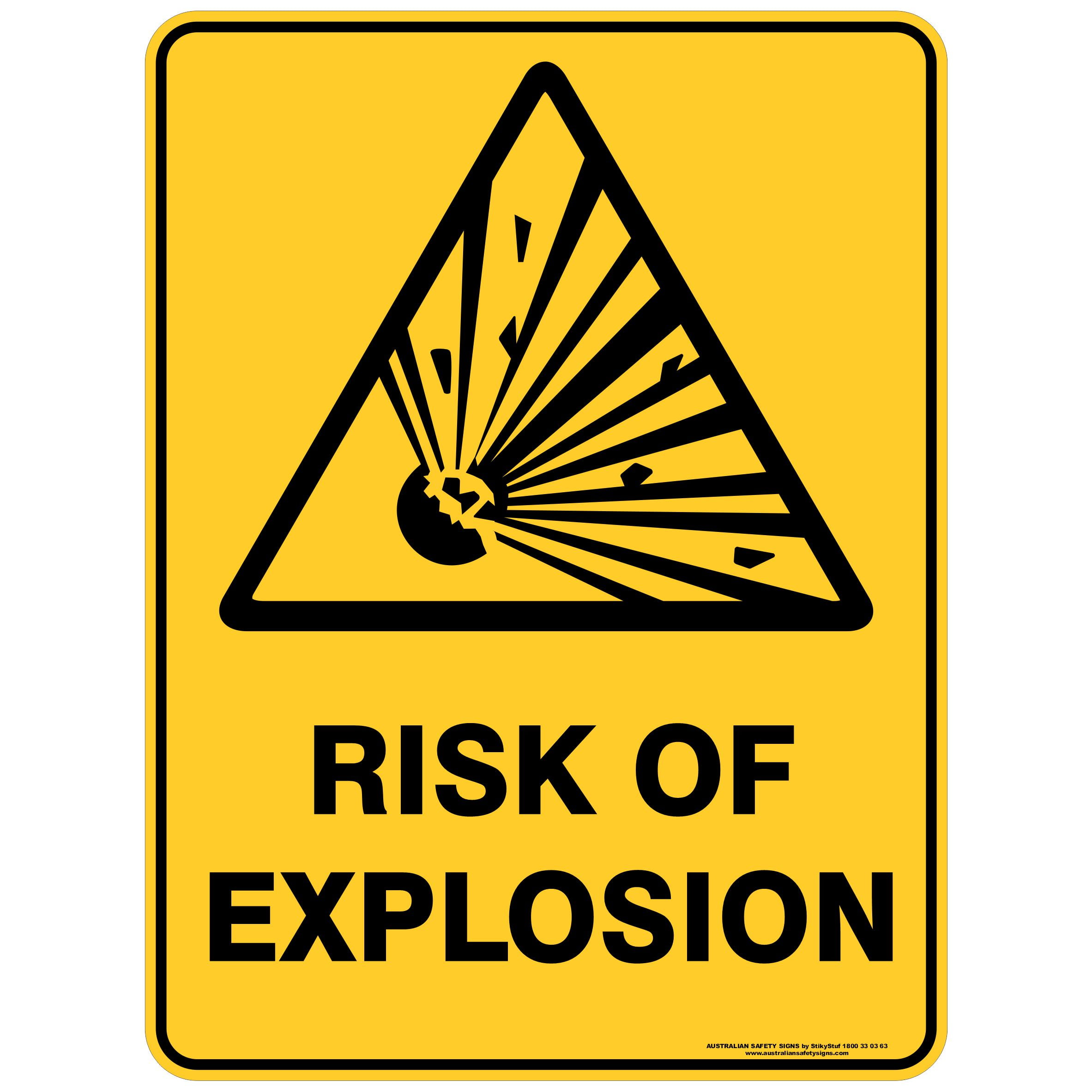Hazard Identification This process not only identifies where hazards exist but also where hazards don’t exist, so the focus can remain on the most dangerous areas. We will review process flow diagrams of your facility’s process, particularly areas which: 1. Handle dust in a way that may create a dust cloud. 2. May introduce an ignition source into the process. 3. Have various “states” of operation and variables to consider. Once the hazardous areas have been identified, we will then determine how an explosion or fire could occur within those zones by determining the following: 1. How is the material within the equipment being handled and conveyed? 2. What are the explosibility characteristics of the material? 3. Is there enough room to create a dust cloud? 4. Could the equipment create or support conditions for an explosion or fire? 5. Do solid materials exist which may not have the potential to explode but could catch fire? Finally, we will identify possible ignition sources within each of the hazardous zones. Common ignition sources include open flames or heat from welding, hot surfaces from combustion equipment, frictional heat from overheated bearings or other malfunctioning equipment, electrostatic discharges from non-grounded equipment, and many more.

This is your website preview.
Currently it only shows your basic business info. Start adding relevant business details such as description, images and products or services to gain your customers attention by using Boost 360 android app / iOS App / web portal.


Submit Your Enquiry